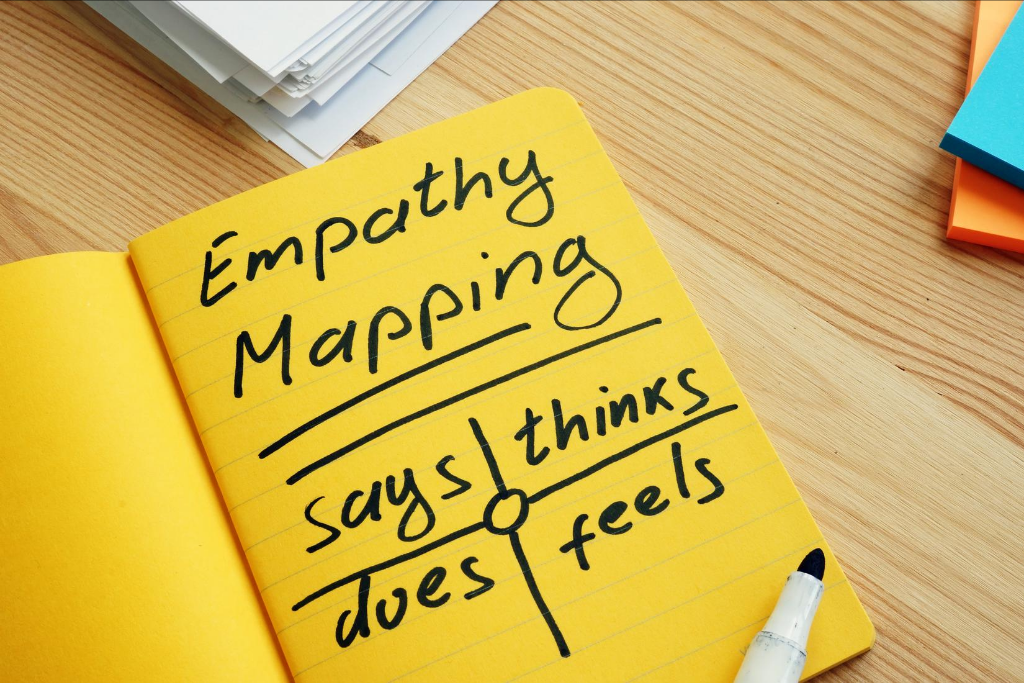
Influencing and advocating for your charity, arts or music organisation – part 1 empathy
Are you advocating for your organisation, and reshaping your services and business model in response to the pandemic? Knowing more about what influences people’s behaviour and decisions can strengthen your organisation’s relationships, communications, and sustainability. In this two-part blog I’m going to look at two approaches that could help – one from marketing (part 1), the other from behaviour change (part 2). This article first appeared on LinkedIn.
The most effective organisations understand the people they want to serve and influence, and are always considering:
- how do they view the world – what attitudes and values influence their behaviour?
- what’s important to them – their goals and aspirations, problems and fears?
- how do these align or not with the changes we want to happen?
- how can we use this understanding and empathy so we can influence change in attitudes and behaviour?
Even if you think your organisation is generally customer-focused, take a look at your website, or your social media*. Could your copywriting focus more on your stakeholders’ needs/problems, and how you address them? And thinking about your business model generally, could you understand more about what people want and need, and shape your services and products around that information?
The Empathy Map – think/feel/do/see
One way of gaining deeper insights into your stakeholders is to use a tool called the Empathy Map.
This has been used in marketing and advertising for years, and there are many different versions – left is a simplified one.
You start by thinking about a typical stakeholder/customer (you’ll ideally have one for each ‘segment’ of your audience/stakeholders), and write down what you know about what they:
Think – what are their attitudes, opinions to your product/service/area of influence, or your communications?
Feel – what excites/scares them, what do they care or worry about, how do they feel about your messages?
Know – what are their factual drivers, knowledge, skills?
See/hear – what messages are they exposed to in their environment, what do they read/listen to, observe others doing, what are they influenced by?
Say and do – what are their public attitudes, actions? What do they say to others? What have they said in research? What do they actually do? (may be different to what they say!)
And what are/is their problem/pain, fears/barriers? And what are their needs/drivers/goals?
Here’s a video that shows you how to create an empathy map:
You can also apply an empathy map to a specific ‘problem’ that your service/products hope to solve.
For example, if you provide activities for young people in challenging circumstances, perhaps your two main stakeholder groups are commissioners of services for those young people, and the young people themselves. Each will have very different thoughts, feelings, knowledge, and needs.
Thinking through these questions will help you to create far more effective communications – and products/services. It’s also a good starting point for considering how you can influence change in decision making or behaviour.
The elephant and the rider – why people are less logical than you think
We tend to assume that we’re all in control of our decisions, and that decision-makers and leaders in particular, will want rational and logical evidence of the benefits or impact of what we do.
Yet evidence from neuroscience and evolutionary psychology, suggests that our decisions are affected by powerful, subconscious drivers. These are part of our ’emotional system’, and they often overpower our ‘rational system’ or logical brain. The following video summarises this well. It will help you to think about what’s really behind people’s perceptions of you, and the barriers they may face in working with you or acting on your advocacy efforts.
[2 mins] The elephant, the rider and the path
In part two of this blog we’ll look at the importance of understanding people’s habits, preferences and emotions, in order to communicate effectively and influence decision making.
* My new online course, Social media to grow your reach, relationships and impact is out soon – sign up to my enews to be among the first to hear about it.
Further reading:
[BLOG] Advocating for music education, youth/community music and music therapy during the pandemic:
[BOOK] Descartes’ Error: Emotion, reason and the human brain, Antonio Damasio, neuroscientist.

